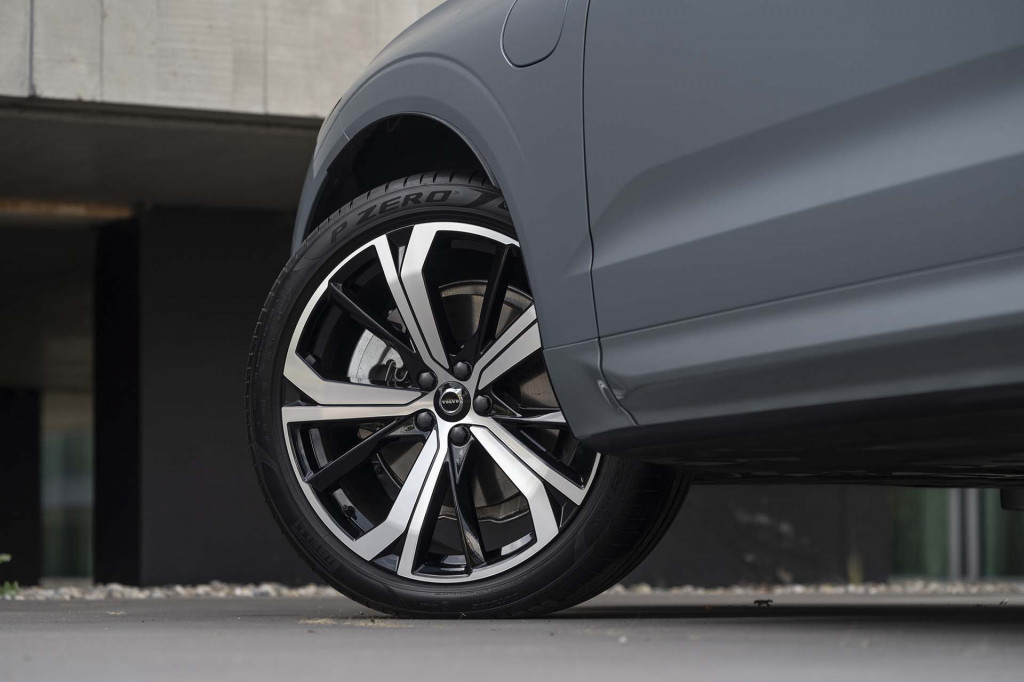Plug-in hybrid tech continues to be something that neither automakers nor regulators can completely agree on.
Some, like Toyota, Volvo, BMW, and others see them as a smart, effective bridge technology to EVs while others, including GM and Honda see them, at least for now in the U.S., as an unnecessary complication in the shift to EVs.
In light of proposed EPA vehicle pollution rules revealed earlier in the week, PHEVs aren’t going away. But as the U.S. Department of Energy recently highlighted, automakers aren’t increasing the number of PHEV choices.
Looking at light-duty vehicles, the DOE found that the number of EV models surpassed the number of plug-in hybrid models for the first time since 2014—going from 20 to 38 distinct models in just a year. And versus a year earlier, the number of PHEV models went down in 2022.
Number of EV and PHEV models – U.S. DOE
The DOE says that in calculating the number of models, it counted each model name just once, despite multiple configurations available for some of them.
By sales, EVs have been far ahead of PHEVs for some time—since around 2018. By the end of 2022, EVs stood at about 6% of the U.S. market while PHEVs were at just over 1%.
The EPA’s proposal for 2027-2032 vehicle emissions continues to emphasize plug-in hybrids, along with hydrogen fuel-cell vehicles, as part of alternative pathways for automakers to comply as part of a “technology-neutral” approach. California’s Advanced Clean Cars II (ACCII) rules that go into effect starting in 2026 will mandate the equivalent of 50 miles of real-world electric range in plug-in hybrids.
While automakers and regulators have pushed plug-in hybrids as part of the solution for stricter emissions standards, there’s longstanding controversy over the real-world effects of plug-in hybrids, and how much owners truly plug in. And beyond that, recent tests commissioned by the European environmental group Transport & Environment (T&E) found that some plug-in hybrids emitted several times their official rating in CO2 in real-world use, with gasoline modes more frequently switching on than automakers indicate.

2022 Volvo XC60 Recharge
Volvo has accelerated its plug-in hybrid offerings—in sales volume and electric range—as it ramps up its EV offerings. Toyota announced earlier this month that it plans to push plug-in hybrid electric range to 125 miles and beyond (200+ km). And Volkswagen has recently mentioned plug-in hybrids as a real U.S. possibility for the first time since its diesel scandal and resulting EV push.
Part of the stagnation of the market may have to do with how, in the meantime, the specs for plug-in hybrids haven’t grown up with expectations. While some of these models accelerate quicker than their only-gasoline counterparts, they don’t keep the experience electric when the owner has remembered to charge.
Will the new regulations once again boost the number of PHEVs in a few years—perhaps reformulated with the gas engines more as range extenders? That remains to be seen, especially if it helps sell more EVs down the road.
